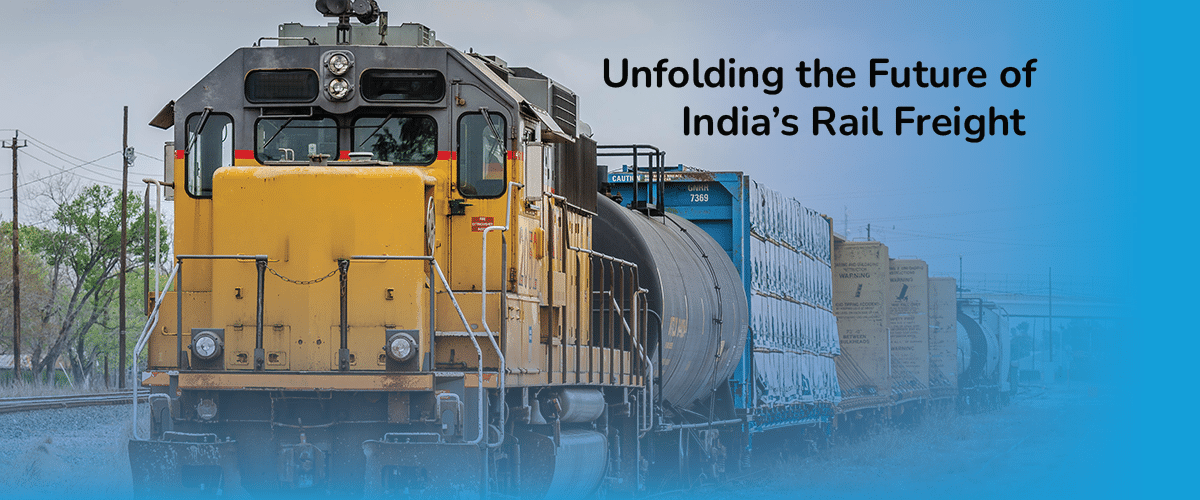Indian Railways: Financial Challenges and Future Prospects

Indian Railways, a state-owned enterprise under the Ministry of Railways, is a vital component of India’s transportation infrastructure. It operates the fourth largest railway system in the world, covering 132,310 kilometers of track. With over 1.2 million employees, it ranks as the ninth-largest employer globally. Established in 1951 through the merger of 42 railway companies, Indian Railways manages 18 zones and operates a vast network of express, passenger, and freight trains. Each year, it carries billions of passengers and millions of tonnes of freight. However, the financial health of Indian Railways is a growing concern. The upcoming Railway Budget for 2025 is expected to address these challenges while focusing on modernization and efficiency.
Revenue Sources and Financial Strain
Indian Railways generates revenue primarily from passenger fares, freight charges, and non-fare sources such as advertising and leasing of railway land. Freight transport is particularly lucrative, contributing around 60% of the total revenue in the fiscal year 2022-23. Despite this, the financial strain is evident. The operating ratio, a key financial metric indicating the percentage of revenue spent on operational costs, was approximately 98% in 2022-23. This high ratio suggests that a significant portion of revenue is consumed by operational expenses, including fuel, maintenance, and employee salaries.
Expenditure is substantial, driven by the extensive railway network and the need for ongoing infrastructure improvements. The operating expenses include costs for fuel, maintenance of tracks, rolling stock, and pension liabilities. Despite efforts to enhance efficiency and increase non-fare revenues, Indian Railways continues to face financial challenges. The reliance on freight revenue to subsidize passenger services has created an imbalance, leading to losses in passenger operations. The government must consider strategies to improve the financial health of Indian Railways while ensuring affordable services for passengers.
Operational Challenges and Government Intervention
The operational challenges faced by Indian Railways are multifaceted. The focus has historically been on passenger services, which are often unprofitable compared to freight services. The Ministry of Railways (MoR) may need to consider increasing passenger fares to align with the actual cost of service. This approach could help balance the financial equation while ensuring the sustainability of passenger services.
Moreover, the revenue expenditure for staff and pensions accounted for 69% of the total revenue in 2021-22. Leveraging technology to optimize manpower costs could significantly alleviate financial pressure. Other potential measures include closing down unprofitable lines, reducing unnecessary halts for trains, and avoiding investments in uneconomic ventures, such as electrification of lines that do not yield sufficient returns.
The government should also explore Public-Private Partnerships (PPP) to attract private investment into the railway sector. This model has proven successful in other sectors, such as highways, and could unlock growth opportunities for Indian Railways. By fostering collaboration with private entities, the government can enhance infrastructure and service delivery while sharing the financial burden.
Comparative Analysis: India vs. China
To better understand the challenges and opportunities ahead, it is useful to compare Indian Railways with China’s railway network. China’s railways currently outperform India in several areas, including network size and high-speed rail capabilities. For instance, China’s railway network spans approximately 150,000 kilometers, with a high-speed railway network of 40,000 kilometers. In contrast, India’s railway network covers about 70,000 kilometers, with no high-speed rail infrastructure in place.
Despite these disparities, India is making strides in modernization. The ongoing reforms and strategic investments in high-speed trains, station redevelopment, and freight infrastructure suggest that India is well-positioned to enhance its rail capabilities significantly. The commitment to technological innovation and infrastructure expansion can help bridge the gap with China over time.
Observer Voice is the one stop site for National, International news, Sports, Editor’s Choice, Art/culture contents, Quotes and much more. We also cover historical contents. Historical contents includes World History, Indian History, and what happened today. The website also covers Entertainment across the India and World.
Follow Us on Twitter, Instagram, Facebook, & LinkedIn

